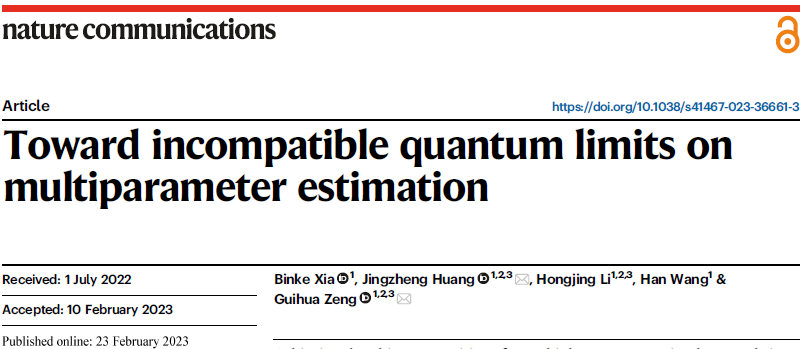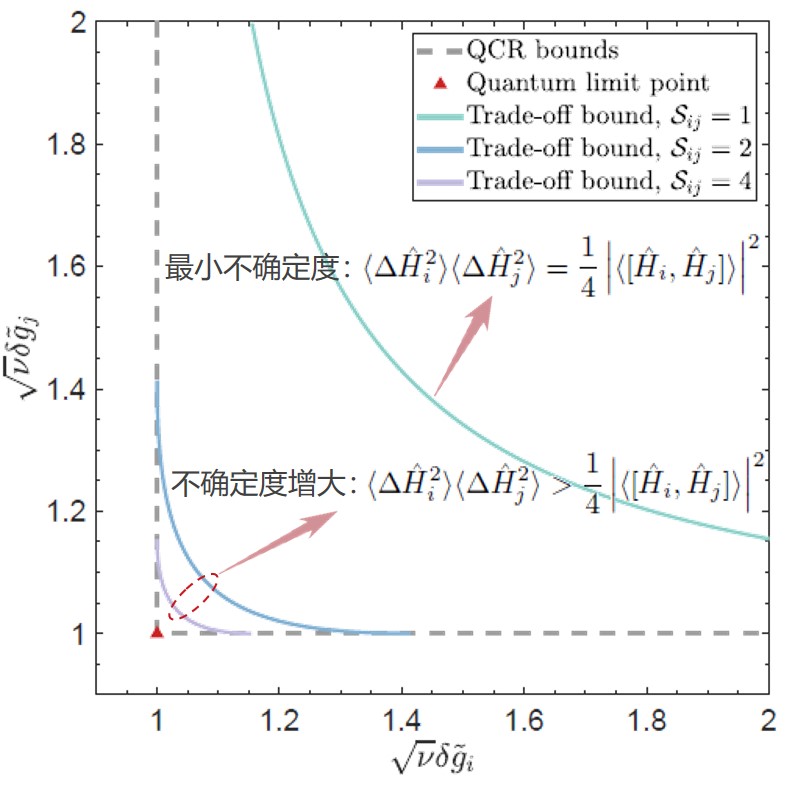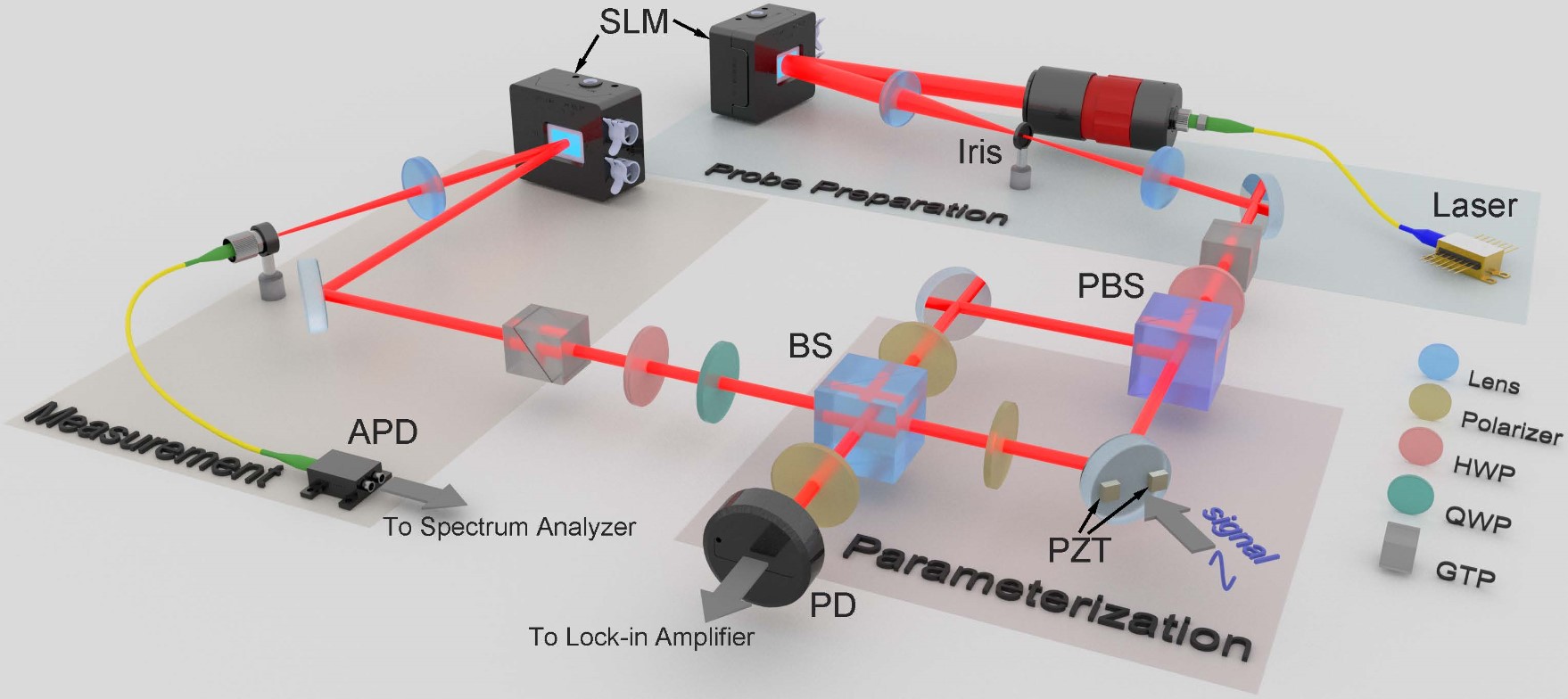- Home
- About Us
- Students
- Academics
-
Faculty
- Electrical Engineering
- Automation
- Computer Science & Engineering
- Electronic Engineering
- Instrument Science and Engineering
- Micro-Nano Electronics
- School of Software
- Academy of Information Technology and Electrical Engineering
- School of Cyber Security
- Electrical and Electronic Experimental Teaching Center
- Center for Advanced Electronic Materials and Devices
- Cooperative Medianet Innovation Center
- Alumni
-
Positions
-
Forum
News
- · Shanghai Jiao Tong University professors Lian Yong and Wang Guoxing's team have made remarkable progress in the field of high-efficiency pulse neural network accelerator chips.
- · AI + Urban Science research by AI Institute was selected as cover story in Nature Computational Science!
- · The first time in Asia! IPADS's Microkernel Operating System Research Wins the Best Paper Award at SOSP 2023
- · Delegation from the Institution of Engineering and Technology Visits the School of Electronic Information and Electrical Engineering for Journal Collaboration
- · Associate professor Liangjun Lu and research fellow Jiangbing Du from Shanghai Jiao Tong University made important advancements on large capacity and low power consumption data transmission
Important progress on quantum metrology and applications achieved by Prof. Guihua Zeng and coworkers from SJTU
Preface
Recently, the group of Professor Guihua Zeng from Shanghai Jiaotong University has made important progress in the research of quantum precision measurement. Aiming at the incompatible quantum limits in quantum multiparameter estimation, the work proposes a theoretical criterion for measuring the incompatibility of precision limits between two different parameters, and designs a quantum probe that can make the quantum precision limits of two incompatible parameters be approached simultaneously. Experimentally, the team realizes the simultaneous measurement of nanometer-level lateral displacement and nanoradian-level angular deflection of the same beam for the first time. The results were published online in the journal “Nature Communications” as a research article titled “Toward incompatible quantum limits on multiparameter estimation” on Feb. 23, 2023 [Nat. Comm. 14,1021(2023)].
The first author of the paper is Binke Xia, a phD student of Shanghai Jiaotong University, and the corresponding authors are Research Associate Jingzheng Huang and Professor Guihua Zeng of Shanghai Jiaotong University. The other contributing authors are associate researcher Li Hongjing and Master student Wang Han of the team. The research work was supported by the National Natural Science Foundation of China, the Open Fund of the State Key Laboratory of Advanced Optical Communication Systems and Networks.

The work has been published online in Nature Communications.
Background
Heisenberg's uncertainty principle is the cornerstone of quantum physics. This principle indicates that different physical parameters to be measured correspond to different optimal measurement operators, and the optimal measurements of two different parameters cannot be performed at the same time if the measurement operators are non-commutative. It leads to the measurement precision of one parameter is far away from its theoretical limits when the other parameter approaches the theoretical limits, which is called the incompatibility of the quantum precision limits in multiparameter estimation. Once this incompatibility is mitigated, the overall measurement precisions of the two parameters can be effectively improved simultaneously. This problem has become one of the core issues of long-term concern in the field of quantum physics and quantum precision measurement. In particular, how to synchronize the measurement precisions of incompatible parameters to the quantum limits is the most challenging problem among them, which has practical significance in the fields of quantum sensing, quantum communication and quantum computing.
Highlights
Aiming at the incompatible precision limits in quantum multiparameter estimation, the work has carried out theoretical and experimental research, and the main achievements are as follows.
1. By studying the achievable lower bound of precisions regarding the incompatibility parameters in practical measurement, a theoretical criterion is proposed to characterize the degree of incompatibility. This criterion indicates that, the incompatibility of the precision limits can be mitigated when two parameters are estimated simultaneously in the multi-parameter quantum estimation task, which is realized by increasing the uncertainty of the probe pointer about the generator of the incompatible parameters simultaneously, and leads to the overall measurement precision of these two parameters is improved (as shown in Figure 2).
2. Using the Hermitian-Gaussian mode probes, the measurement precisions of the transverse displacement and angular tilt parameters of the same beam approach their corresponding quantum limits simultaneously (as shown in Figure 3). The experimental precision of transverse displacement achieves 1.45 nm, and experimental precision of the angular tilt achieves 4.08 nrad (as shown in Figure 4). The post-selection weak measurement technique is employed in the experiments to suppress technical noises. The study also found that as the number of Hermite-Gaussian probe modes increases, the measurement precisions of the two parameters will increase simultaneously.

Theoretical results.

Experimental set-up.

Experimental results.
The significance of the work is that it provides a general theoretical criterion for the degree of incompatibility between quantum parameters, which lays the foundation for solving incompatibility of precision limits in quantum multiparameter estimation. In addition, this work realizes a practical measurement of incompatible parameters regarding a light beam with simultanous quantum precison limis, which has reached the international leading level. These results have potential for polarization measurement, vibration sensing, magnetic field detection, quantum communication, quantum imaging, quantum computing, etc. It is worth mentioning that Professor Zeng Guihua’s group has devoted themselves to the research of quantum precision measurement for many years, and has achieved a series of innovative achievements. Representative achievements include: Ultrasensitive measurement of angular rotations via a Hermite–Gaussian pointer [Photonics Research 10, 2816(2022)], Parameter estimation in quantum sensing based on deep reinforcement learning [npj Quantum Information 8, 2 (2022)], Intelligent certification for quantum simulators via supervised learning and transfer learning [npj Quantum Information 8, 138 (2022)], Surpassing the Nyquist sampling limit by time-varying parameter estimation with postmodulation and increasing the dynamic range by adaptive method [Physical Review Applied 18, 034077 (2022); Physical Review Applied 18, 044031 (2022)]. Based on these breakthroughs, they have also made important progresses in the developing prototypes of quantum optical gyroscopes and quantum optical acoustic detectors. In particular, the key indicators of the quantum optical gyroscope prototype, such as bias stability and angular random walk, have achieved the international leading level.
[1] Binke Xia, Jingzheng Huang, Hongjing Li, Han Wang, and Guihua Zeng, Toward incompatible quantum limits on multiparameter estimation, Nature Communications 14,1021(2023).
Link : https://doi.org/10.1038/s41467-023-36661-3
Contact : jzhuang1983@sjtu.edu.cn (Jingzheng Huang).
-
Students
-
Faculty/Staff
-
Alumni
-
Vistors
-
Quick Links
